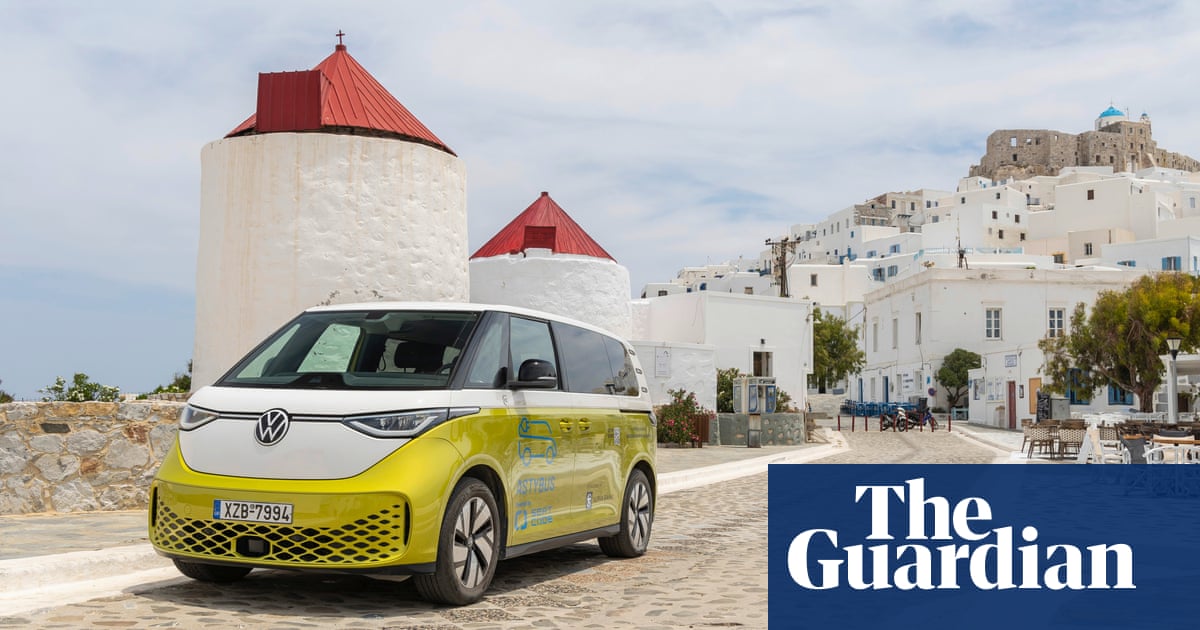The Dodecanese island of Astypalea is waving goodbye to petrol and diesel in a groundbreaking project that has been welcomed by local people
After my seven-hour ferry journey across rolling azure seas, it’s a relief to be back on land. Along with a handful of locals returning from Athens laden with boxes of bougatsa custard pies and neat bags of shopping, I’ve arrived on the Dodecanese island of Astypalea – known as the butterfly island because of Mesa Nisi and Exo Nisi, its two wing-shaped islands linked by a narrow strip of land. You can break the journey in Naxos or Mykonos. But despite the length of the journey, nothing can beat the pleasure of leaving the bustling port of Piraeus and arriving on a peaceful Greek island by boat.
Traditionally, the inhabitants of this rugged island, which is one of Greece’s remotest and poorest, scratched a living from agriculture and fishing. Nowadays, most of the island’s 1,300-strong population are pinning their hopes on tourism. Many believe this will be boosted by the Greek government’s groundbreaking agreement with the Volkswagen Group to transform Astypalea into “a model island for climate-neutral mobility”.
As part of the plan, cars are being replaced by electric vehicles (locals and local businesses have been given substantial grants – sometimes for more than two-thirds of the cost – to buy them), and a series of innovative ride-sharing and on-demand public transport schemes have been introduced. “Astypalea will be a future lab for decarbonisation in Europe,” Herbert Diess, Volkswagen’s CEO has said. “We will be researching in real time what motivates people to switch to e-mobility.” Continue reading...
http://dlvr.it/SwJndZ
http://dlvr.it/SwJndZ


Post a Comment